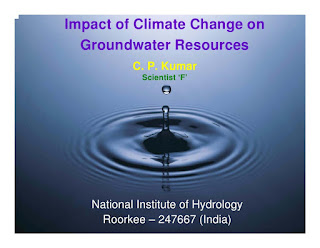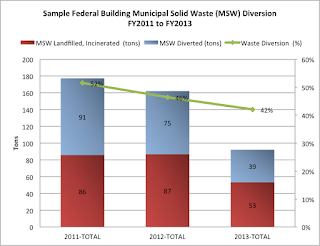GROUND WATER SOURCES GENERAL REMARKS

The water that is percolated in the ground is known as groundwater. It is brought on the surface for use. The following points need to be taken into account regarding underground sources: a) AQUIFERS The surface of each aquifers is composed of alternate pervious and impervious layers. Pervious strata are those strata through which water can easily pass while impervious strata are those through which water cannot pass. The pervious layers are named as aquifers or water holding strata. Aquifers have sand or gravel layer that provides the good quality water. The aquifers that are made of limestone layer gives good quantity of water supply and cracks or fissures are present there. b) MOVEMENT OF GROUNDWATER The movement of underground water is through gravity and attraction of molecules of surface tension. c) POROSITY The porosity is defined as the ratio of volume of pores or openings of material to the volume of total volume of material. Porosity is measured in percentage. P= V 1









